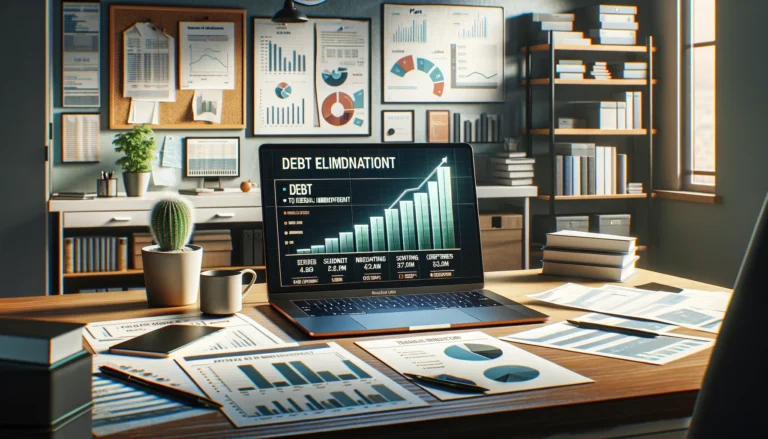The Roadmap to Debt-Free Living: A Comprehensive Guide
Achieving a debt-free life is a goal for many, but the journey requires discipline, planning, and a solid understanding of debt management strategies. This comprehensive guide provides a step-by-step roadmap to eliminate debt and pave the way for financial freedom. By following these actionable insights, readers can navigate the complexities of debt and embark on a path toward a more secure financial future.
Step 1: Assess Your Debt Situation
Begin by compiling a detailed list of all your debts, including credit card balances, student loans, mortgages, and any other obligations. For each debt, note the total amount owed, the interest rate, and the minimum monthly payment. This step is crucial as it lays the groundwork for your debt elimination strategy by giving you a clear picture of what you’re up against.
Step 2: Create a Budget
Developing a budget is essential for managing your finances effectively. Outline your monthly income and expenses to identify how much money you can allocate toward debt repayment. Be realistic and include all expenses, no matter how small. This budget will help you live within your means and find extra dollars to put toward your debt.
Step 3: Establish an Emergency Fund
Before aggressively paying down debt, it’s important to establish a small emergency fund. Aim for $1,000 to $2,000 to cover unexpected expenses like car repairs or medical bills. This step prevents you from accruing more debt when unforeseen costs arise.
Step 4: Choose a Debt Repayment Strategy
Select a debt repayment strategy that best fits your situation. The two most popular methods are the Debt Snowball and the Debt Avalanche.
- Debt Snowball: Start by paying off the smallest debt first while making minimum payments on the others. Once the smallest debt is paid off, move to the next smallest, and so on. This method can offer psychological wins that motivate you to continue.
- Debt Avalanche: Focus on paying off the debt with the highest interest rate first while making minimum payments on the rest. This approach saves money in the long run by reducing the amount of interest paid.
Step 5: Cut Expenses and Increase Income
To free up more money for debt repayment, look for ways to reduce your expenses. This could mean canceling unused subscriptions, dining out less, or downsizing your living situation. Simultaneously, explore opportunities to increase your income, such as taking on a part-time job, freelancing, or selling items you no longer need.
Step 6: Automate Your Payments
Set up automatic payments for at least the minimum amounts due on your debts. This ensures that you never miss a payment, avoiding late fees and potential damage to your credit score. If possible, automate additional payments toward your target debt (as per the Snowball or Avalanche method).
Step 7: Monitor Your Progress and Adjust as Needed
Regularly review your debt balances and budget to monitor your progress. Celebrate milestones to keep yourself motivated. If your financial situation changes, adjust your strategy accordingly. You may find opportunities to increase your debt payments or need to scale back temporarily.
Step 8: Plan for a Debt-Free Future
Once you’ve paid off your debts, it’s important to plan for the future to avoid falling back into debt. Continue to live within your means, save for emergencies, and invest for your long-term goals. Financial education is a lifelong journey—keep learning and adjusting your financial plans as your needs and goals evolve.
Conclusion
Becoming debt-free is an empowering goal that can bring peace of mind and financial stability. While the journey requires effort and discipline, the freedom gained from living without debt is well worth the sacrifice. By following this comprehensive guide, you can take control of your finances, eliminate debt, and build a foundation for a prosperous future.


